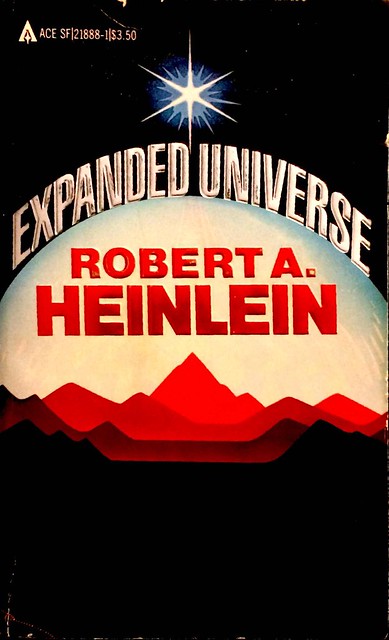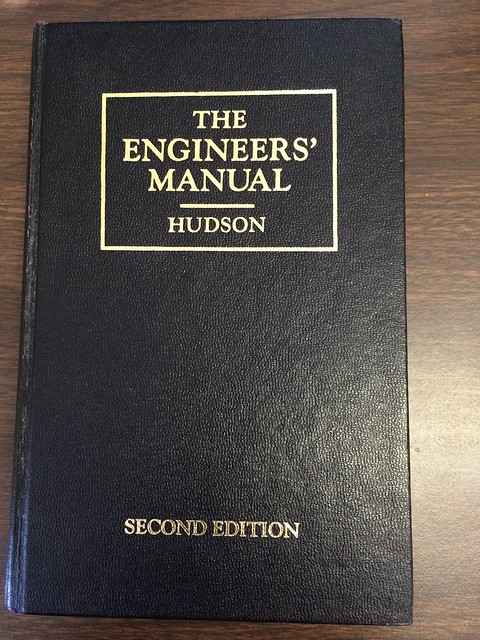Hard SF
April 6, 2014 at 12:32 AM by Dr. Drang
While on spring break last week, I listened to the Incomparable episode in which the Book Club discussed Andy Weir’s The Martian. I haven’t read it myself (I’m currently 25th in line for it at my local library), but I did want to talk about the panel’s reaction to it, which surprised me.
This particular edition of the Book Club comprised Lex Friedman, John Moltz, Lisa Schmeiser,1 Scott McNulty, and Jason Snell. They liked it but tempered their praise by gently disapproving of the technical detail he includes at the expense of character development. This struck me as odd coming from fans of science fiction, a genre in which technical detail has traditionally been more important than character development or emotional depth. Fans of hard sf are typically willing to accept characters of limited dimension as long as the technical bits are interesting and the plot moves along.
I’m currently rereading The Foundation Trilogy for the first time since high school, and I’m struck by how Asimov is able to get away with long stretches of exposition, sometimes coming in dialog, but often simply in the voice of the omniscient third-person narrator. The whole thing is one long violation of the “show, don’t tell” rule, and yet I keep turning the pages. I like to think of myself as a little more discerning than my 16-year-old self, but the cardboard characters just don’t bother me because I enjoy watching Asimov play out the trick that drives each story. (I think his robot stories have better tricks, but I haven’t read them since high school, either. Maybe I’d change my mind if I read them again.)
What the Book Club’s discussion most reminded me of was a passage from Heinlein’s Expanded Universe, a collection of older short fiction and nonfiction tied together with new introductions and afterwards that came out in 1980.
When I got back home, I pulled my old Ace paperback up from the basement and went searching for the passage I remembered. It concerns a set of orbital calculations Heinlein and his wife did while he was writing Space Cadet.
I was telling [a visitor] about a time I needed a synergistic orbit from Earth to a 24-hour station; I told him what story it was in, he was familiar with the scene, mentioned having read the book in grammar school.
This orbit is similar in appearance to cometary interplanet transfer but is in fact a series of compromises in order to arrive in step with the space station; elapsed time is an unsmooth integral not to be found Hudson’s Manual but it can be solved by the methods used on Siacci empiricals for atmosphere ballistics: numerical integration.
I’m married to a woman who knows more math, history, and languages than I do. This should teach me humility (and sometimes does, for a few minutes). Her brain is a great help to me professionally. I was telling this young scientist how we obtained yards of butcher paper, then each of us worked three days, independently, solved the problem and checked each other—then the answer disappeared into one line of one paragraph (SPACE CADET) but the effort had been worthwhile as it controlled what I could do dramatically in that sequence.
That’s the sort of dedication to technical detail that I expect in hard science fiction stories, although the key is the “one line of one paragraph” part. I suppose if Weir does the equivalent of including all of Bob and Ginny’s butcher paper in The Martian, he’s going beyond the limits of indulgence for even the most tolerant sf fan. I’ll find out when the 24 people in front of me are done reading it.
By the way, if you don’t understand Heinlein’s reference to “Hudson’s Manual,” he’s referring to The Engineers’ Manual by Ralph Hudson, a 300-page digest of facts, figures, and formulas that covers a broad range of engineering disciplines. It’s out of print now, but I still have and use the copy my dad gave me when I went off to college.
Not much plot, no character development at all, but I do love this book.
-
Whose Penny Wiseacre blog has become a favorite. I started with her well-linked Black Hand post and have stuck around. ↩


